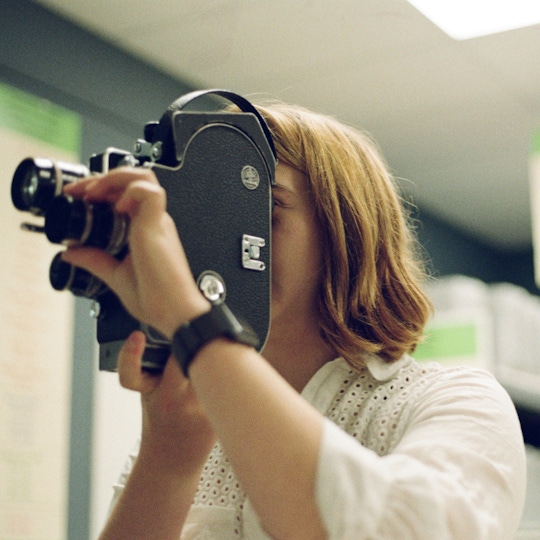Filmmakers Rising: Trends for 2025 & Beyond
Filmmaking Trends in 2025 and Predictions for 2026
2025 has been a landmark year for filmmakers—not because of one seismic shift, but because of several subtle, rapid, and deeply interconnected evolutions. From AI-assisted storyboarding to cloud-based post-production workflows, the art and business of filmmaking are being reshaped at every level.
But amid all this transformation, one truth remains unshakable: human stories, told with honesty and vision, are what audiences crave most. Technology can streamline, enhance, or expand what we can do—but it cannot replace the soul of a filmmaker’s vision. As we look to 2026, the future is not just about automation—it’s about imagination.
Filmmaking Trends in 2025
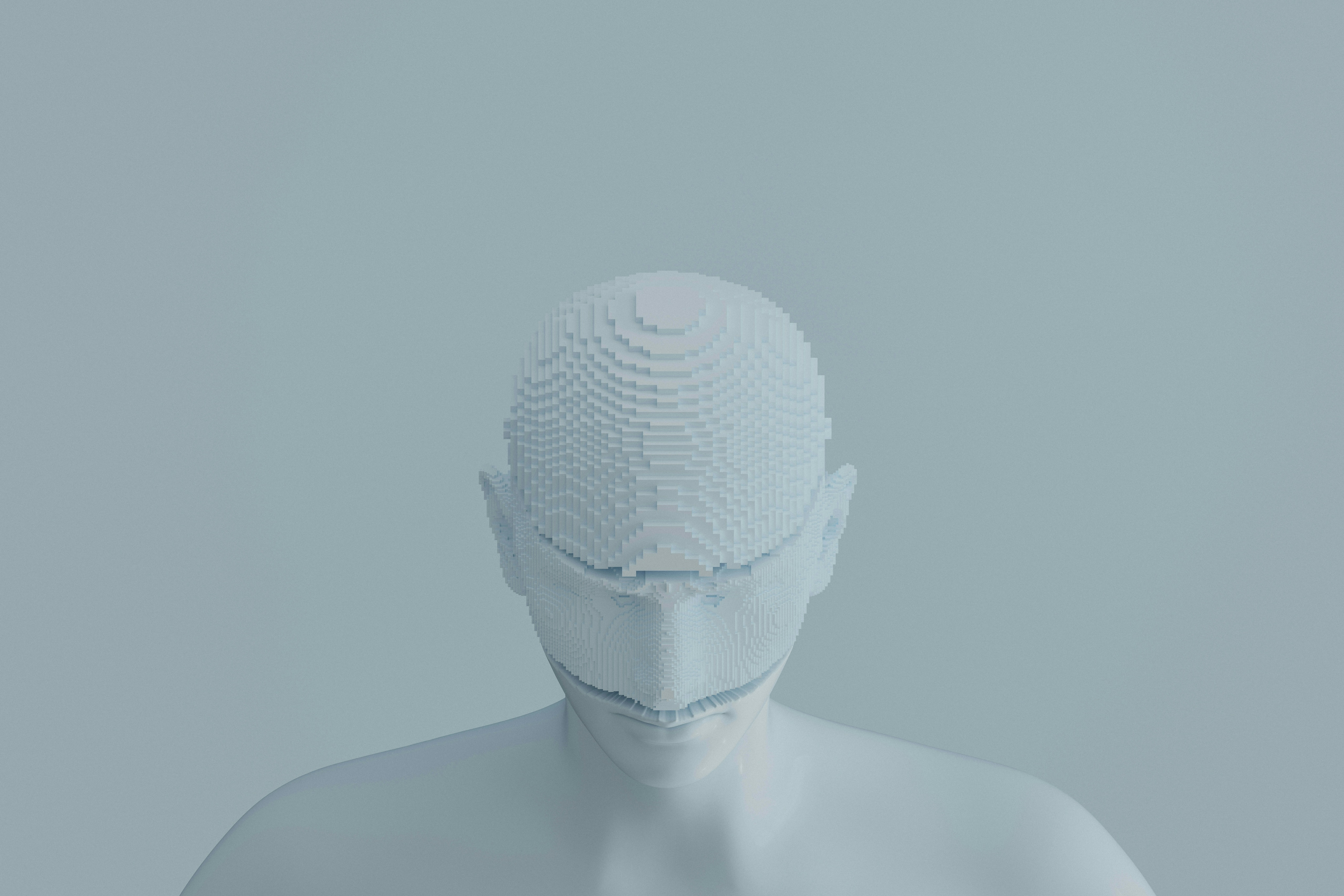
AI in Pre-Production and Post Is Mainstream (But Not Mandatory)
AI tools like Runway, ElevenLabs, and GPT-based assistants are widely used in tasks like rough editing or concept development. According to TV Technology’s NAB 2025 report, AI is reshaping media workflows across the industry—yet many filmmakers are pushing back against overuse.
Netflix’s Ted Sarandos emphasised that the future of AI in cinema isn’t about cutting corners—it’s about enhancing quality by “10%.” Still, many creatives are choosing to work without AI entirely, embracing slower, hands-on processes as a form of creative resistance.
Vertical and Social-First Filmmaking
More filmmakers are adopting vertical formats not just for marketing, but as a legitimate form of narrative storytelling. Platforms like TikTok and Instagram have opened new avenues for serialised, social-first cinematic language.
Micro-Budget Indies with Major Studio Feel
Thanks to powerful tools like DaVinci Resolve, Unreal Engine, and virtual production, micro-budget filmmakers can achieve professional aesthetics. AI-driven indie studios, such as PJ Accetturo’s recent case study, show that even commercials created with GPT-4, Midjourney, and Runway can match agency-quality results.
Sustainability Is No Longer Optional
With major festivals requiring eco statements and cities introducing emissions guidelines, sustainable production has gone from “nice-to-have” to necessity. Tools like carbon calculators and solar-powered gear are becoming standard on environmentally conscious sets.
Creator-Led Studios and Decentralised Production
Filmmakers with built-in audiences via Patreon, Substack, or YouTube are building creator-owned production houses. These lean teams operate with creative freedom, transparency, and financial independence—challenging the traditional gatekeeper model.
A Human-Centered Filmmaking Renaissance
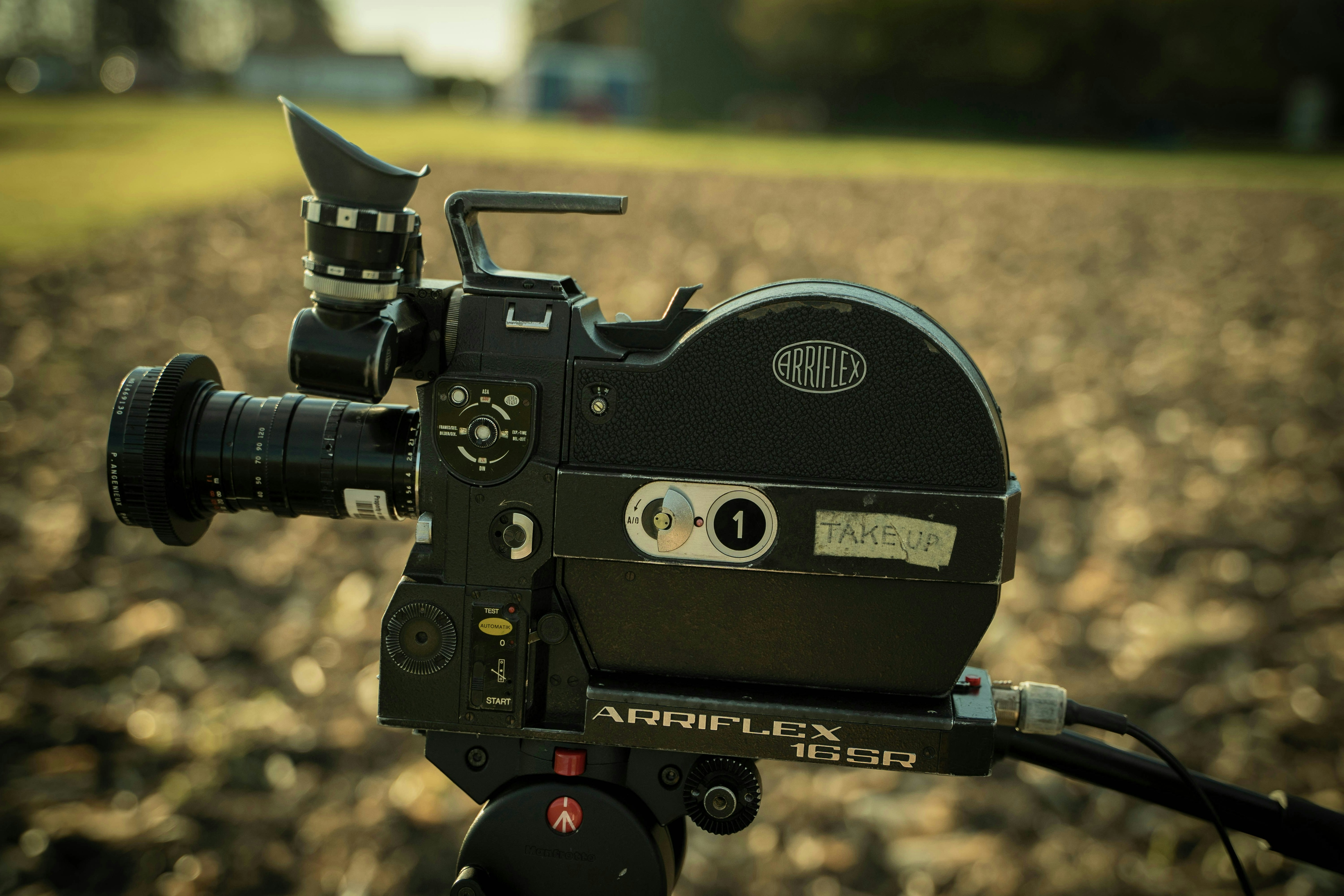
Analog is Back
Super 8 and 16mm film are enjoying a major resurgence—not just for aesthetics, but for the intentional, tactile process they demand. The U.S. analog film processing market is seeing a rebound, as noted in a recent industry report.
The Art of the Long Take
Long, unbroken shots are on the rise—used to resist algorithmically optimized fast-cut storytelling. This trend favors immersion over immediacy, depth over dopamine.
Workshops Over Plugins
Across Berlin, Toronto, and Seoul, local film collectives and labs are thriving—prioritizing mentorship, community, and collaborative storytelling. These spaces are driven by people, not plugins.
Stories Rooted in Lived Experience
Audiences continue to crave work that feels personal. The most powerful films of 2025 weren’t generated—they were lived. They speak to shared emotion, and to lived truths that no machine can imitate.
Technology That’s Redefining the Craft
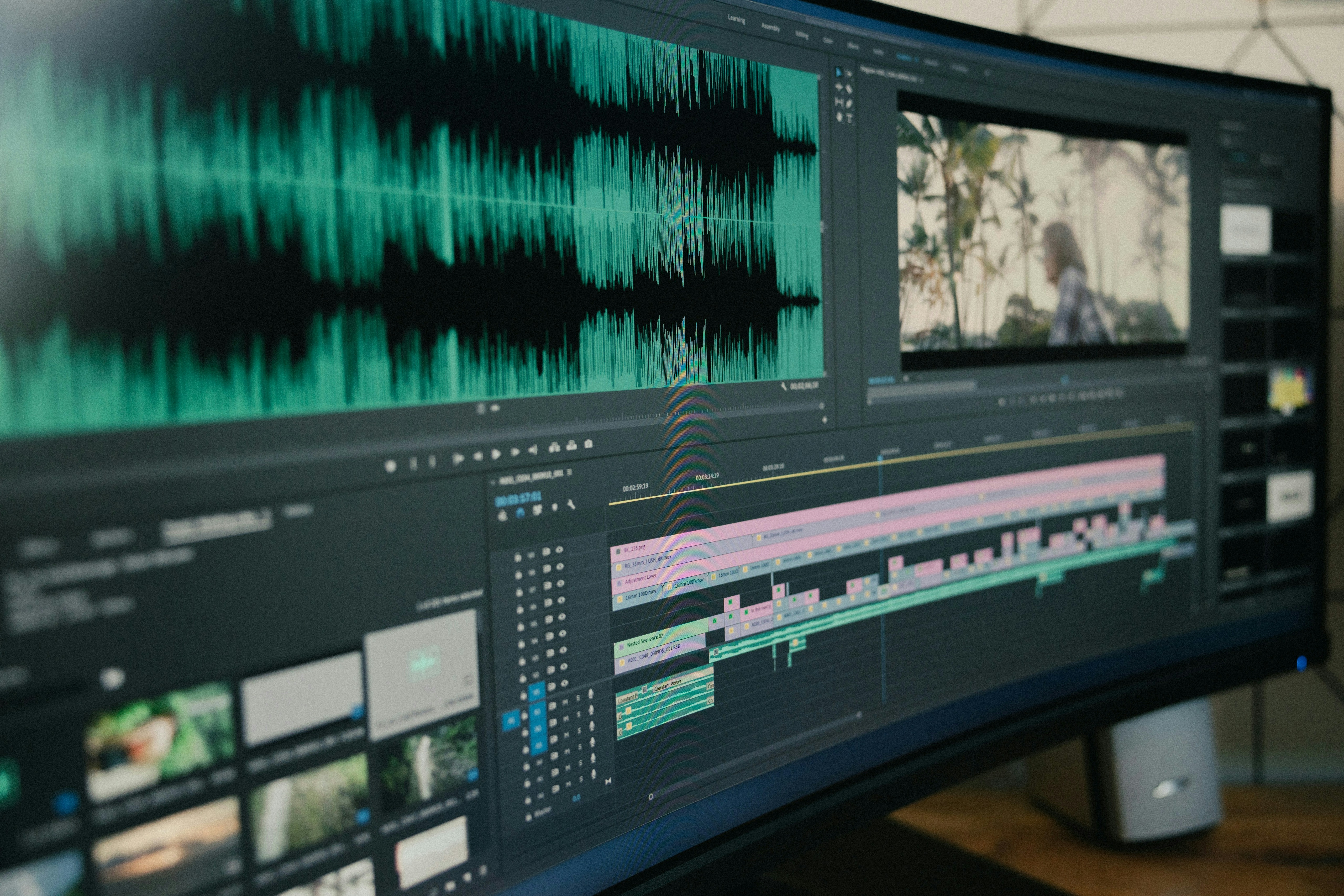
Virtual Production Comes of Age
Virtual production, once the domain of big-budget blockbusters, is now widely accessible. Studios like Studio Ulster in Northern Ireland are making LED stages and in-camera VFX available to smaller teams—fueling a boom in regional film jobs and innovation.
Generative Tools in Storyboarding and VFX
Concept artists and pre-vis teams increasingly use generative tools for early design work. Used sparingly, these tools can help get ideas moving—but they’re just as often supplemented or replaced by hand-crafted work in the final stages.
Real-Time Cloud Collaboration
Tools like Frame.io and Blackmagic Cloud allow globally distributed post-production teams to work together in real time, without hard drives or in-person sessions. The result is faster turnaround—and more inclusive collaboration.
Audience Trends in 2025
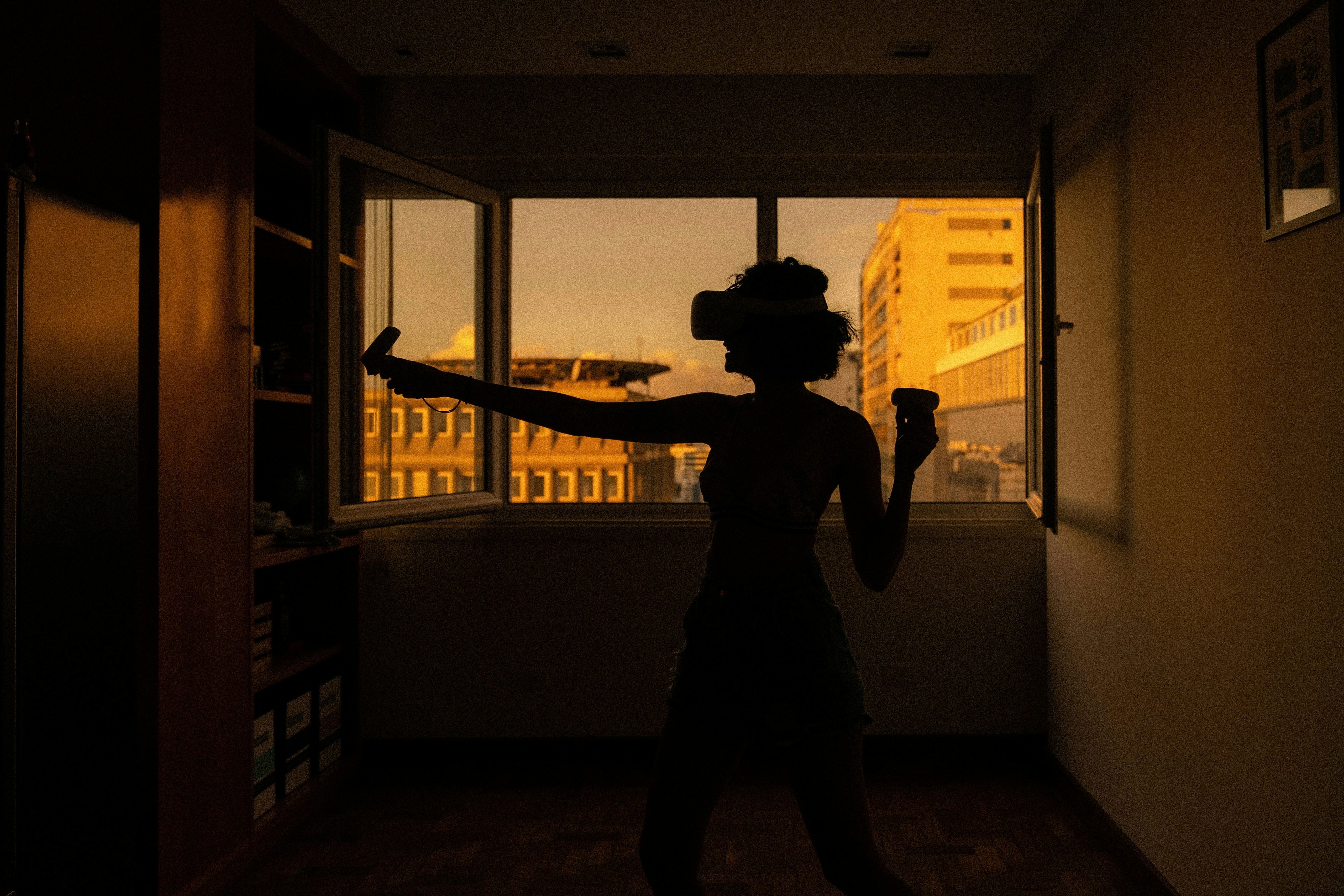
Interactive and Nonlinear Storytelling
Viewers are gravitating toward narratives that let them make choices or explore multiple outcomes. Filmmakers are experimenting with branching storylines—both in streaming and immersive formats.
Short-Form and Serialised Content
Serialised storytelling in short formats is booming. TikTok-native series and YouTube Premium dramas under 10 minutes per episode are building loyal fanbases with limited budgets and big ideas.
Diversified Distribution Channels
Decentralised release models—from creator-backed crowdfunding to Web3-native releases—are gaining traction. While early-stage, platforms tied to blockchain and NFTs are creating alternative income streams for indie filmmakers.
Predictions for 2026
- AI-Human Co-Directed Films Recognised: Expect formal recognition of hybrid projects at film festivals—sparking debate around authorship and ethics.
- Blockchain-Based Distribution Expands: NFT-based licensing and smart contracts could give filmmakers more control over rights, monetisation, and fan engagement.
- Global Voices Rise to the Forefront: From Indigenous sci-fi to Southeast Asian horror, expect to see more diverse voices amplified via better translation tech and global funding pipelines.
- Experiential Cinema Grows: Storytelling will evolve beyond the screen—into installations, live interaction, and immersive mixed-reality experiences.
What This Means for Filmmakers
- You don’t have to use AI to stay relevant. Let your voice lead, and use tools only when they serve your vision.
- Human flaws, rhythm, and texture can’t be imitated—and they’re what give your work life.
- Whether you shoot on a phone, on film, or on a volume stage—your method doesn’t define your value. Your intention does.
Final Thoughts: A Future With—and Without—AI
The future of filmmaking is not a binary between tradition and tech. It’s a spectrum of creative possibilities, where every filmmaker decides their place.
AI can help—but it cannot dream. It cannot remember childhood smells, carry grief, or fall in love. Those things are yours.
Cinema has always been about empathy. About feeling less alone in the dark. And that, no matter what tools you use, will never change.
